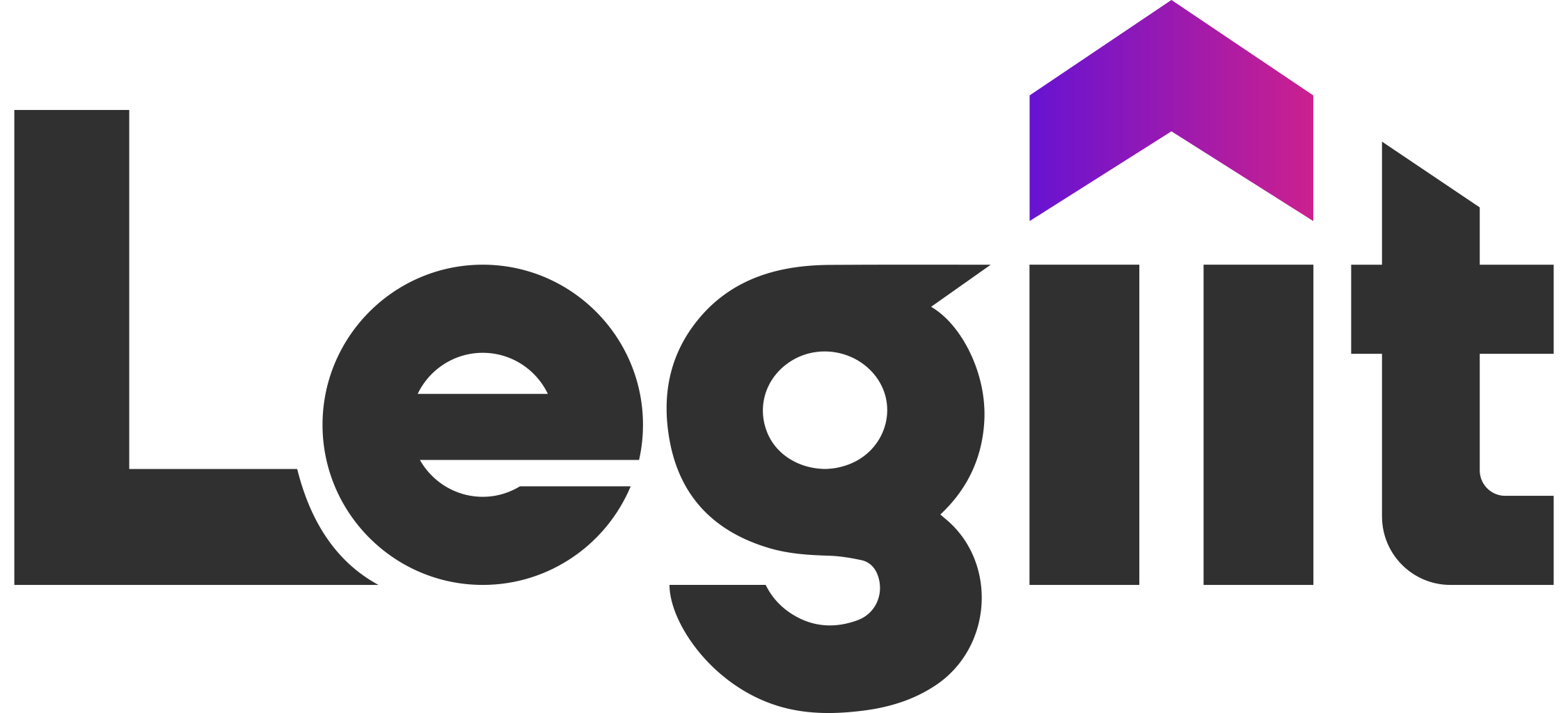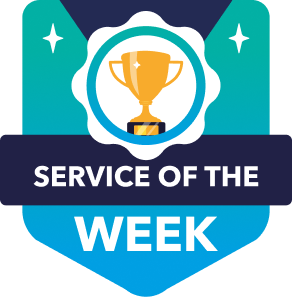SEO Case Study - Martial Arts School
Search engine optimization (SEO) is never a one-size-fits-all strategy.
Even if you implement the best on- and off-page practices on a website, there's no guarantee that it will rank on Google.
First, you must know what needs fixing and prioritize which ones to fix on a website before determining the best SEO tactics to implement.
This is easier said than done because you need the knowledge, skills, and tools to nail your SEO strategy on the first go.
If you're unsure how to grow your website traffic using SEO strategies, this case study should shed light on things you need to do.
In the end, you can appreciate the work required in developing an SEO campaign as part ofyour digital marketing intiative. From here, you can either do it yourself or hire any of our SEO experts to help you get the job done!
SEO Case Study Example - From 0/day to 1.2k/day in Less than Four Months!
Let's start with one of the sites managed by Legiit's Bart Magera.
He's an SEO specialist and copywriter who has helped countless websites generate organic search traffic using tried and true tactics.
One of the websites he worked on generated little to no traffic between August and September of 2022.
When he started working on its SEO, the site slowly but surely rose the ranks for the relevant keywords it was targeting. Since taking over, the site has generated more than a thousand visitors daily since January of 2023.

Things that Bart Did
As you can see from the SEO success story above, the campaign's results took months before Google rewarded the website with more traffic.
This is because SEO has a compounding effect on a website.
You have to implement the right tactics continuously before the results kick in. This means you can't just execute one tactic and wait for months before executing the next one.
In the SEO case study above, below are things that Bart did:
Content Re-optimization
Content re-optimization is the process of updating and improving existing pages and blog posts on a website.
Doing so helps them rank higher on search engine results pages (SERPs).
More importantly, it can recover the rankings that the content lost on SERPs over time.
For example, a page that ranked on top of a Google search for a keyword can drop a few positions down SERPs for various reasons. This causes the page to lose some of the traffic it generated beforehand.
Below are potential reasons why your page moved down on SERPs:
Contains outdated and inaccurate information.
Loads slowly compared to other similar pages.
Has broken elements like images, links, and others, resulting in poor user experience.
Has fewer high-quality backlinks compared to others.
Aside from the last point, you can fix these issues by re-optimize the content.
Initially, you need to make the page load faster and fix its broken links. The latter is easy enough to identify and rectify, assuming you can access the site's dashboard.
Regarding site speed, you can use PageSpeed Insights to help you see the page's Core Web Vitals (CWV) score.

The results also provide suggestions on how you can hike up its score.
Thre are even times when implementing applicable structured data is required as part of your re-optimization process. This helps provide Google with information about the page, this helping it rank on SERPs much higher.
However, content re-optimization mainly aims to target the topic relevance of pages to your target keywords.
In the case of Bart, he identified which keywords the page was ranking for on Google aside from the main keyword.
By hopping onto Google Search Console (GSC), he saw the queries aside from the main keyword driving impressions to the site pages.

GSC worked as a keyword research tool in this instance, as he was able to see low-hanging fruits to optimize for the site to improve the page's search rankings further and increase organic traffic.
After collecting the keywords, Bart used a content optimization tool to help improve the content's topic relevance for its target keywords.
Using Surfer SEO, in particular its Content Editor feature, he was able to determine which natural language processing (NLP) keywords he must include in the content.

The great thing about Surfer SEO is you can measure the content's score based on various factors other than the inclusion of NLP keywords.
The higher the Content Score, the higher the content's likelihood of outranking its competitors on SERPs.
Doing all these to underserved and underperforming pages allows the site to recover the organic traffic it lost, if not improve it altogether.
Content Velocity
After re-optimizing existing content, Bart created new content for the site.
In this phase of SEO, he needs to know how many articles he needs to publish over a period.
As mentioned, SEO compounds over time. You need to publish content regularly to see its results sooner than later.
For this, he needs to determine the site's content velocity or the frequency of adding new content on a site.
There's no question that search engines love new content. It gives them more valuable and relevant content to show users for a search query.
This means they'll crawl and index your site to make the content appear on search results.
In this case, publishing content regularly gives more reason for search engine bots to crawl and index your site for new pages to show its users on SERPs.
New content also helps build the site's topic authority.
The goal is to produce a steady stream of content optimized for their target keywords. This allows the site to strengthen its relationship with the topic it's targeting, resulting in potentially higher search traffic.

Now that we've established the value that new content brings to your site, it's time to determine the content velocity of his main competitors.
Bart used Screaming Frog SEO Spider to figure out how many articles does his competitors publish weekly or monthly.
Aside from velocity, he looks at word count to identify the average number of words published during that period. This is important, especially for computing the content budget for the campaign.
From here, he now has a benchmark of his competitor's content velocity. The goal is to publish quality with the same frequency and quality as other similar sites.
The velocity depends on the resources available. For this, he needs to spend for writers capable of creating high-quality content for the niche.
It's possible that your content velocity may differ to your competitors' given these factors. For instance, you can't match your competitors' publishing frequency due to your limited budget.
In this case, focus on creating on the content's quality. Make every piece count, from how it's optimized to its formatting.
The goal is to provide value to your audience through your content. So, if you can't produce lots of content, at least create ones that count.
Content Clustering
To help improve your site's topical authority, you need to create content clusters.
These refer to interlinked pages covering the same topic in your site.
Here's a visual example of a content cluster or silo:

Each cluster is composed of a pillar post and supporting articles. The pillar post above is "workout routine." This is a page on the site that covers what a workout routine is in general.
The supporting pages are the different workout routines that achieve a specific purpose. All these articles, optimized for their long tail keywords, link back to the pillar post.
As mentioned, this is just one of many ways that you can create content clusters. You can even link the supporting articles together to form a wheel-like structure. For instance, article A links to article B and vice versa; article B links to C and vice versa, and so on.
Regardless of the appearance of your content cluster, building as many as possible in your website is important for SEO.
By interlinking relevant pages together, you help search engine bots crawl similar pages together. You also help circulate the link juice that exist in one page to another relevant one.
Both factors help bots index your pages on search results much easier.
Again, it all goes back to topical authority. Creating lots of clusters covering various subtopics in your niche helps establish your website as an expert in this field.
And because all content pieces are optimized and exceptionally written, Google search spiders will index them high on SERPs for their keywords.
Bart was able to develop an internal linking strategy with the help of Screaming Frog SEO Spider once again.
Not only does the tool tell you the number of internal links a page has. It also shows you which pages links to which in a visual format:

From here, he was able to conveniently create the clusters via internal linking.
Content Pruning
When taking over websites to help improve its SEO, expect to encounter non-performing pages on them.
These pages don't appear on SERPs for any search phrase. It's probably because the content is poorly written, contains incorrect information, and not optimized for a keyword, among other things.
You'd think of re-optimizing these pages using the process described above to try and maximize the organic traffic you can get from them.
However, it's sometimes better to cut your losses and focus your resources on SEO efforts that will help make a direct positive impact on your webiste.
To do this, you must delete the page and redirect the previous URL to a related page on your site.
This process, also known as content pruning, is a very effective tactic but only if it's done correctly.
Here's a typical process of content pruning you can take for your site:

The main benefit of content pruning is to optimize your site's crawl budget, which is allowed number of pages Google crawls on your site.
Once search spiders reaches a site's the maximum crawl budget limit, they stop crawling it the budget refreshes. When that will happen depends.
Also, the crawl budget is dependent on the quality of each site. More authoritative and established sites that publish lots of pages have a high crawl budget. On the other hand, smaller sites have a bare bones budget.
So, if you have a relatively brand-new site, you can't afford to have non-performing pages. What happens is that Google search spiders will crawl them over more well-written and optimized pages.
This results in your better pages getting crawl and indexed later instead of sooner, losing out on your chance of getting traffic from them now.
On the flipside, content pruning can be counter-intuitive, especially if you don't know what you're doing.
As mentioned, you may consider re-optimizing these pages instead. But you must learn how to discern pages you need to work on and those you can delete, which is easier said than done.
In the case of Bart, he was able to expertly navigate the pitfalls of content pruning to maximize the site's crawl budget without negatively affecting the site's integrity.
He used Google Search Console to see which pages aren't drawing impressions on Google search. From here, he determined whether to rework the page and try to optimize for them or prune them entirely.
And, as you can see from the result above, his content pruning efforts yielded positive results.
Conclusion
There are other SEO case studies that use other tactics not mentioned above. This goes to show that each website requires a custom campaign tailor-fit to fix its issues and develop unique SEO techniques for it.
So, even if you read the piece above, it doesn't mean you can apply the same things on your site to increase your keyword rankings.
If anything, this is proof that you need help from SEO experts to help improve your Google rankings and reach the first page of search results to round out your online marketing campaign.
Thankfully, you can reach out to Bart for his SEO services on Legiit, among other freelancers available at your service.













 Download
Download